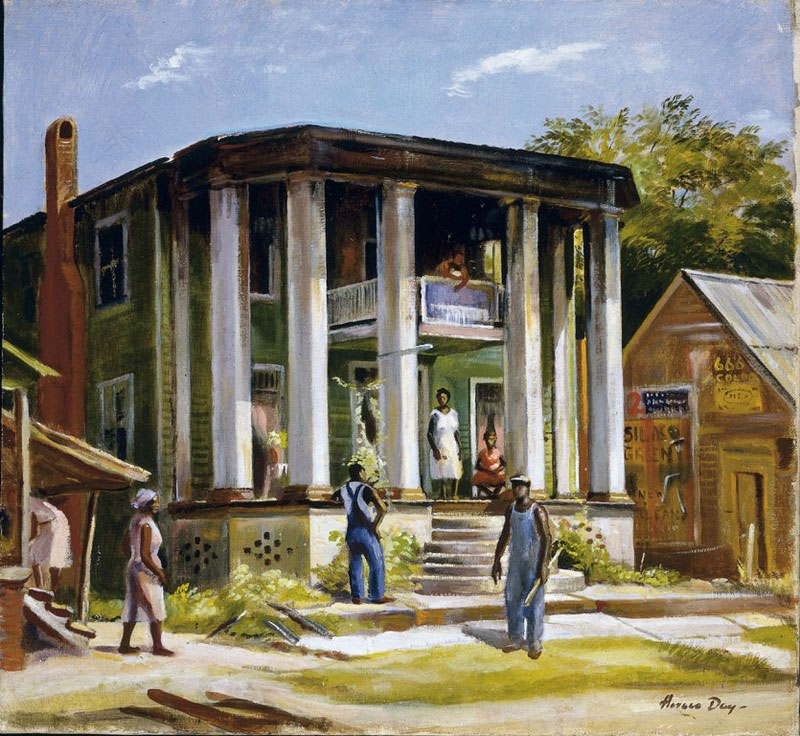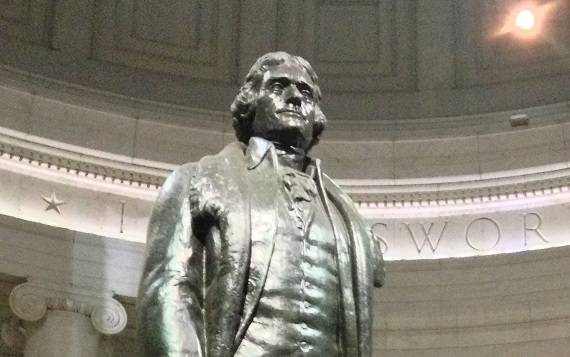I learned to drive in a pasture. The speed limit didn’t matter; that orange Allis Chalmers tractor could only go so fast on uneven ground. Sweetheart, my grandmother, told too many tales of reckless young boys whose turns on the lumbering machines led to disfigurement and death, so I didn’t try anything too adventurous. That is, until my mother let me drive her Buick. Back in 1962, Interstate 85 in Anderson County, South Carolina, was paved in concrete, but not yet open to traffic. It would be a year before I could get my permit, but I took full license in claiming the smooth tracks as my own on a hot summer afternoon. With no other travelers on the highway, I practiced passing imaginary cars at speeds only a 13-year-old fool would broach. Four lanes of uniformly cemented road were new to everyone in the South then, especially those who had traversed the country by back roads for decades.
There was the old Woodpecker Trail, Orange Blossom Trail, Old Spanish Trail, and Dixie Overland Highway—each connecting disparate parts of the South, as if the lack of air conditioning were not enough. My father marshaled us down those roads in the family station wagon—the kids in the back and my mother at his side answering all those questions four kids can ask on an extended car ride. We weren’t traveling so much as visiting folks, and Daddy had a lot of sisters.
In my early twenties and on through our move to Charleston in 1999, I drove those same highways—choosing, more often than not, the two-lane ones over the interstates. As a young dealer in Southern art, I could honestly say I had more clients in Philadelphia, Mississippi, than in any other town by that name in any state. It didn’t take long to learn that Kelly Fitzpatrick would sell more quickly and profitably in Alabama than in North Carolina, Margaret Law for more in her native Spartanburg, South Carolina, than in Mississippi. North Carolina had James Augustus McLean, and Mississippi took pride in Marie Hull.
I still travel the two-lane South and, with time, have come to know these artists and others. More importantly, I’ve learned to put each of them in the context of the larger culture. That is the magic: the larger significance of each. To look at the art of one and use that experience to understand the art of another. To look at Fitzpatrick and know Alfred Hutty; to see the relationship between William Posey Silva and Lamar Dodd. Each was, after all, at work at one time or another along those two narrow lanes, passages that seem now to unite them all.
This essay was originally published at fineartsouth.com






